Leaving the interesting town of Alexandra in the cool of the morning – but with a promise of a warm sunny day - we crossed over the Clutha River on a steel girded bridge which looked just like something made out of Mechano pieces bolted together.
Travelling down SH8 the road took us past many more schist covered hills, and we saw the Chutha River glistening in the distance, with yet another hydro dam in this system, the Roxburgh. Named after an ancient town in Scotland, Roxburgh has the ideal climate for fruit trees, and apples, peaches, plums, apricots and nectarines all flourish here. We passed farms full of fruit laden trees and the many roadside fruit stalls invited us to stop as we whizzed past. We were looking for one with a parking area large enough to park our 4WD and caravan safely off the road, and came away loaded up with tree ripened Otago apricots and peaches. We were staying the night at a POP in Lawrence, and left our vans there while we had a look around the town. Our hosts live in a large motor-home on their rural property and were leaving to attend a NZMCA Rally for the weekend. They were quite happy for us to stay on by ourselves while they were absent.
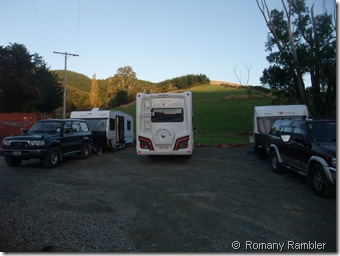 Parked in the country at Lawrence
Parked in the country at Lawrence
Lawrence and the nearby Gabriel’s Gully are intertwined as the discovery of gold by Gabriel Read in May 1861 led to the Central Otago gold rush. Gabriel, from Tasmania, Australia, had set out with a tin dish, a butcher’s knife and a spade, and struck gold one metre down under the bed of a creek. After reporting his find and collecting a reward, a wave of 11,000 hopefuls arrived, registered their claims, pitched their canvas tents in the gully and started digging.
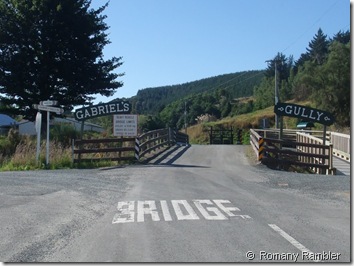 Over the bridge to Gabriel’s Gully
Over the bridge to Gabriel’s Gully
We drove out to have a look at this interesting place in New Zealand history. After the surface gold had been collected, the miners built water races to use for high pressure sluicing. Then came the use of gunpowder, followed by dynamite, to blow the rocks apart. Sadly, Gabriel Read’s life ended in a Tasmanian mental institution, but his name will ever be remembered for his gold strike here in 1861 which started the Otago gold rush.
 Monument to Gabriel Read’s discovery
Monument to Gabriel Read’s discovery
The small town of Lawrence, named after Sir Henry Lawrence, is full of interesting old buildings and churches, with a quite a smattering of cafes for those whose wish to while an hour or so away sipping on a latte. The town also has the distinction of being the first to offer free WI-FI internet access to travellers. This Gothic style St Patrick’s Church School and Hall, was opened on St Patrick’s Day in 1872, cost 900 pounds plus the work of 478 volunteers to build, and is currently being restored.
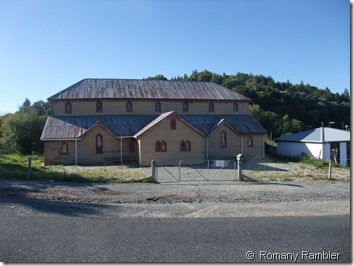 St Patrick’s Church School and Hall
St Patrick’s Church School and Hall
The Courthouse was built in 1866 and was used for this purpose until 1953. It is now in private ownership.
We even found a building named after us. There was a watch-making and jewellery business run by W B Martin on this site from 1870 and carried on by his son until 1950. Mr Edward Benton, an accountant, demolished the Martin shop for his new home and business premises.
Back at our POP site, the fairy lights came on as the sun went down and the skies darkened. Our hostess has a large collection of solar powered lights of all shapes and sizes lining the driveway and the edge of the stream. The lights are twinkling away, just like a fairy grotto.
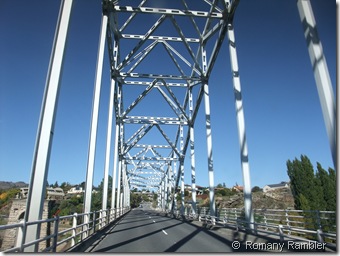
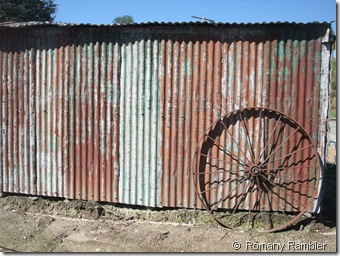
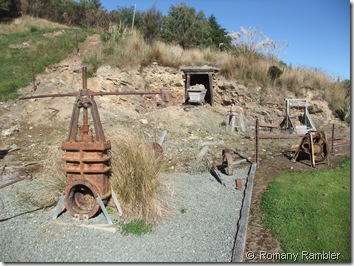
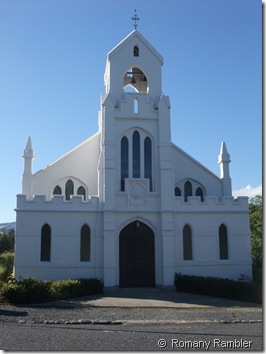
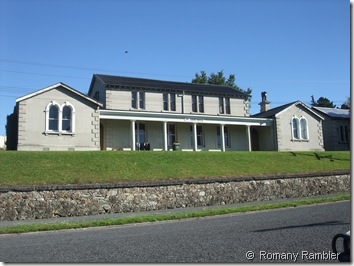
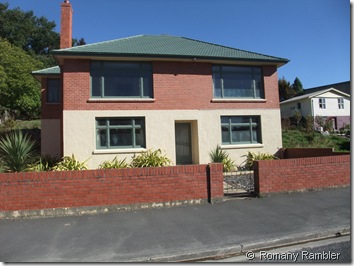
No comments:
Post a Comment